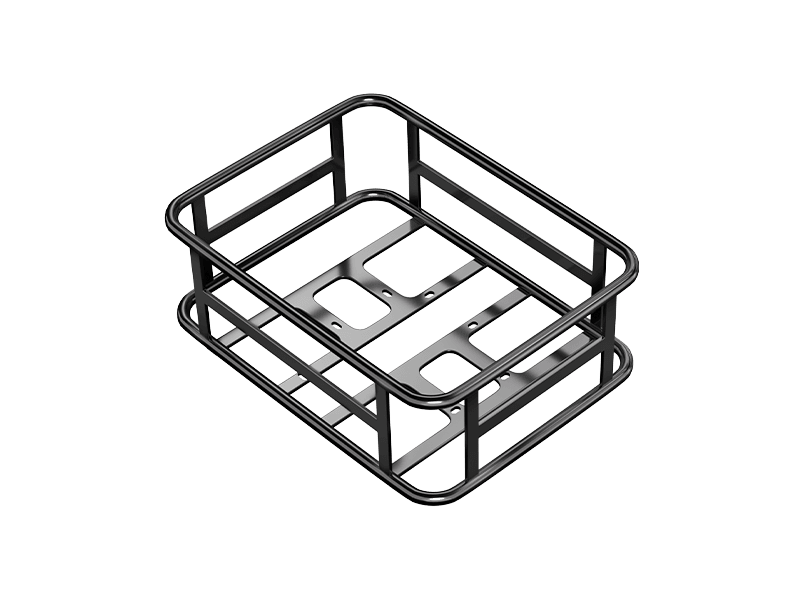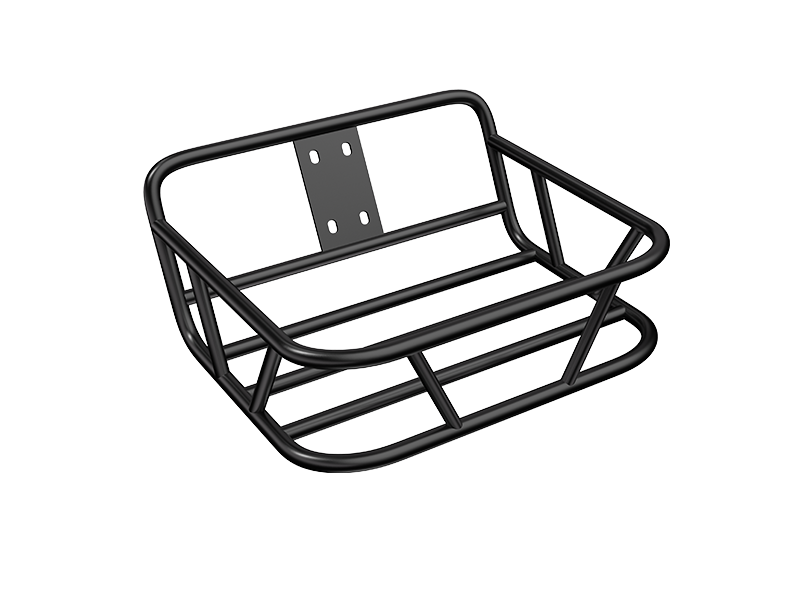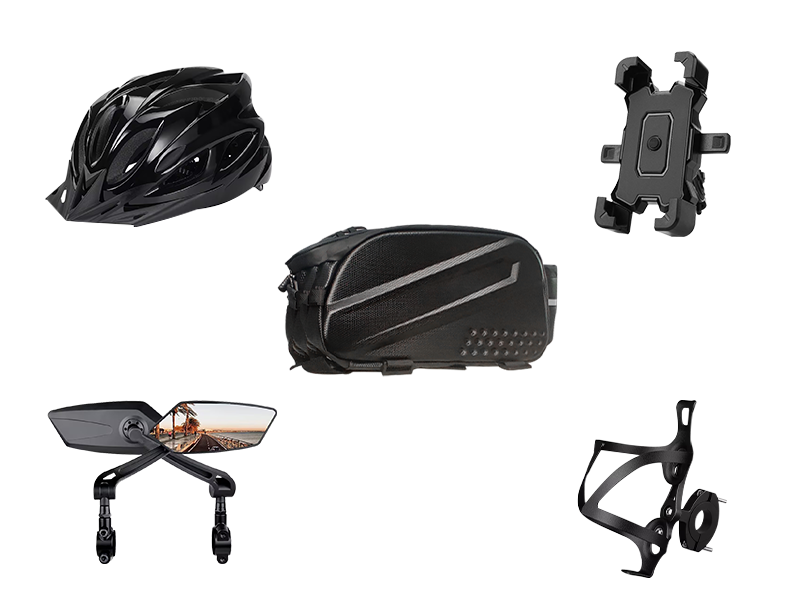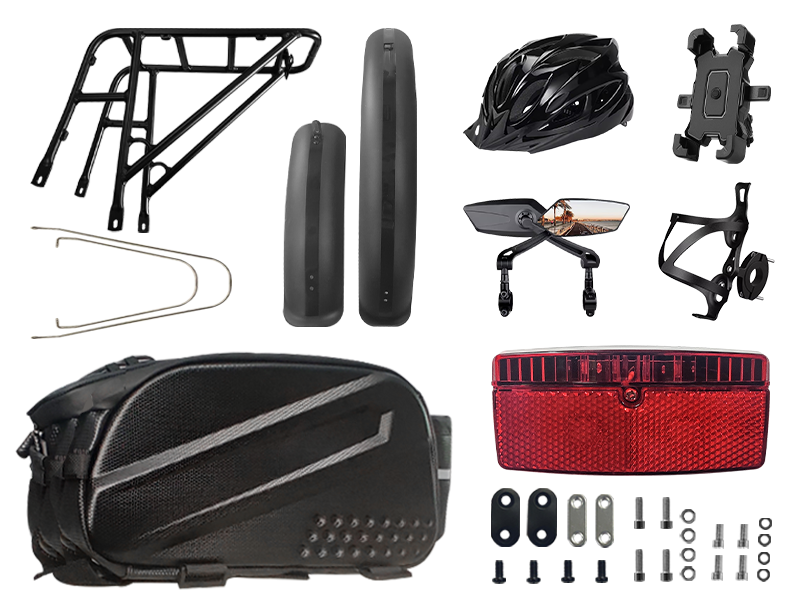How to Protect Your eBike Battery in Winter: Essential Tips
NOV 26, 2024
As winter sets in, many eBike owners face the challenge of maintaining battery performance in cold weather. Batteries are one of the most important components of an electric bike, and their efficiency can be significantly impacted by low temperatures. To keep your eBike running smoothly throughout the colder months, here are some essential tips on how to protect your eBike battery in winter.
1. Store Your Battery in a Warm Place
One of the most effective ways to protect your eBike battery during winter is to store it in a warm environment. Cold temperatures can cause the battery to lose charge more quickly, and extreme cold can even damage the cells. If possible, bring the battery indoors when you're not using it. Storing it at room temperature will help maintain its charge and prolong its lifespan. If storing the entire bike inside is not feasible, always remove the battery and store it separately.
2. Avoid Charging in Extremely Cold Temperatures
Charging a battery in freezing conditions can be harmful and may even cause it to fail prematurely. Before plugging in your eBike to charge, ensure that the battery has reached a more moderate temperature. Ideally, wait for the battery to warm up to at least 32°F (0°C) before charging. Charging when it's too cold can lead to irreversible damage, as lithium-ion batteries are sensitive to extreme temperatures.
3. Keep the Battery Clean and Dry
Winter roads often bring a lot of moisture and dirt, which can lead to corrosion or water damage if the battery terminals are exposed. Regularly clean the battery and its connectors using a dry cloth. Avoid using any water or cleaning agents that might damage the battery. Keeping the battery dry is key to maintaining its functionality, especially in wet, snowy conditions.
4. Avoid Letting the Battery Fully Discharge
In winter, the cold can drain your eBike battery faster than usual. To prevent running out of charge unexpectedly, avoid letting the battery discharge completely. It’s recommended to recharge the battery when it reaches around 20-30% to ensure it stays in good condition. This practice helps maintain a steady charge and prevents the battery from freezing or becoming overworked.
5. Use a Battery Insulation Cover
If you live in an area with extremely cold winters, consider using a battery insulation cover. These covers are designed to help keep the battery warm, ensuring it stays at a more optimal temperature for performance. Insulated covers are especially useful when you need to store your eBike outside or in a garage that may not be heated. Many of these covers are weatherproof and lightweight, making them easy to install and remove when necessary.
6. Monitor Battery Health
Throughout the winter, keep an eye on your battery's performance. If you notice any unusual behavior, such as a significantly reduced range or longer charging times, it may be a sign that your battery is struggling to cope with the cold. Regular monitoring helps you catch potential issues early before they become more severe.
7. Ride Smart in Winter Conditions
While it's important to protect your eBike battery, it's equally important to ride smart in winter. Cold weather can reduce the efficiency of your bike's motor, which in turn may put additional stress on the battery. Opt for smoother, shorter rides when possible to avoid overtaxing the battery. If snow or ice is present, be cautious of slippery surfaces to avoid sudden power demands from the motor, which could cause the battery to drain faster.
Conclusion
Winter doesn’t have to mean the end of your eBike riding season. By taking a few simple precautions to protect your battery, you can enjoy your electric bike throughout the colder months without compromising its performance. Store your battery in a warm place, avoid charging in freezing conditions, and keep the battery clean and dry. And don’t forget to monitor its health and adjust your riding habits to conserve battery life.
With these steps, you'll ensure that your eBike battery remains in optimal condition, no matter the weather outside!















